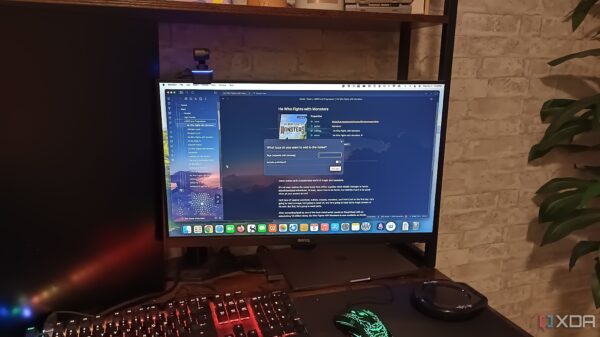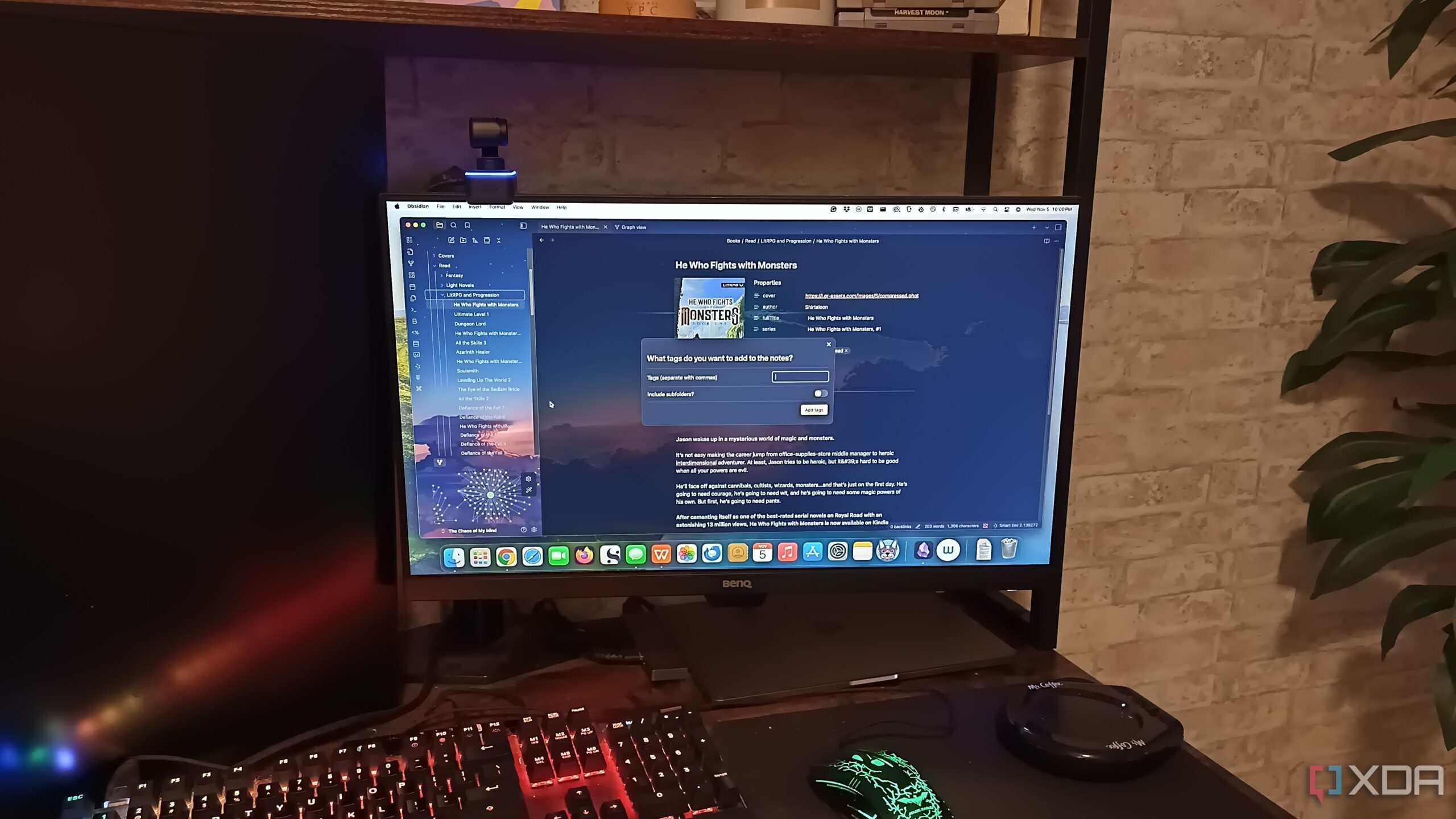Users of the note-taking application Obsidian have discovered a plugin named TagMany that significantly simplifies the tagging process for notes. Initially created to manage chaotic note collections, TagMany allows users to efficiently add tags to multiple notes within a folder, streamlining the organization of content.
When users first engage with Obsidian, many lack a clear structure for organizing their notes. For instance, as one user experienced, a collection of notes can quickly grow disorganized without proper tagging. As their vault expanded to include hundreds of entries, the absence of a coherent tagging system made it difficult to locate specific content. This is where TagMany proves invaluable.
Efficient Tagging for Large Collections
TagMany enables users to select entire folders, including subfolders, and apply tags to all notes contained within them. This feature is particularly useful for individuals who use Obsidian to track various media, such as books or games. For users who compiled entries through platforms like Goodreads or MediaDB without proper tagging, TagMany provides a quick solution to categorize their notes effectively.
The plugin allows for the addition of multiple tags simultaneously, provided they are separated by commas. Importantly, TagMany avoids duplicating tags, which can be a common issue when managing large numbers of notes. The straightforward functionality of the plugin means that users can simply right-click on a folder in the file explorer and begin tagging immediately.
A Simple Yet Powerful Tool
Despite its simplicity, TagMany is a powerful addition to Obsidian’s suite of plugins. Many other plugins can be quite complex, requiring substantial time to learn. In contrast, TagMany lacks an intricate settings menu, focusing instead on delivering a seamless tagging experience that feels intuitive.
However, some users may find TagMany’s lack of advanced features limiting. For example, it does not support deleting tags or renaming them en masse, nor does it provide tagging analytics. More comprehensive tools like Linter and TagWrangler offer a wider range of functionalities, but they also come with a steeper learning curve and potential risks when making large-scale changes.
The straightforward nature of TagMany minimizes the risk of irreversible changes to a user’s vault. If a user mistakenly adds an unwanted tag, they can easily remove it later or utilize another plugin for mass deletion. While not a substitute for a more extensive tagging system, TagMany serves as a practical tool for those looking to organize large volumes of notes with minimal effort.
Despite its effectiveness, TagMany has not gained widespread popularity, achieving fewer than 6,000 downloads since its release. Its last update occurred two years ago, suggesting that users should not expect new features in the near future. However, its functionality remains strong, making it a reliable choice for those seeking to enhance their note organization within Obsidian.
In conclusion, TagMany stands out for its simplicity and effectiveness in managing tags across numerous notes. As users continue to seek efficient solutions for their organizational challenges, this unassuming plugin proves that sometimes the simplest tools can have the most significant impact.




































































